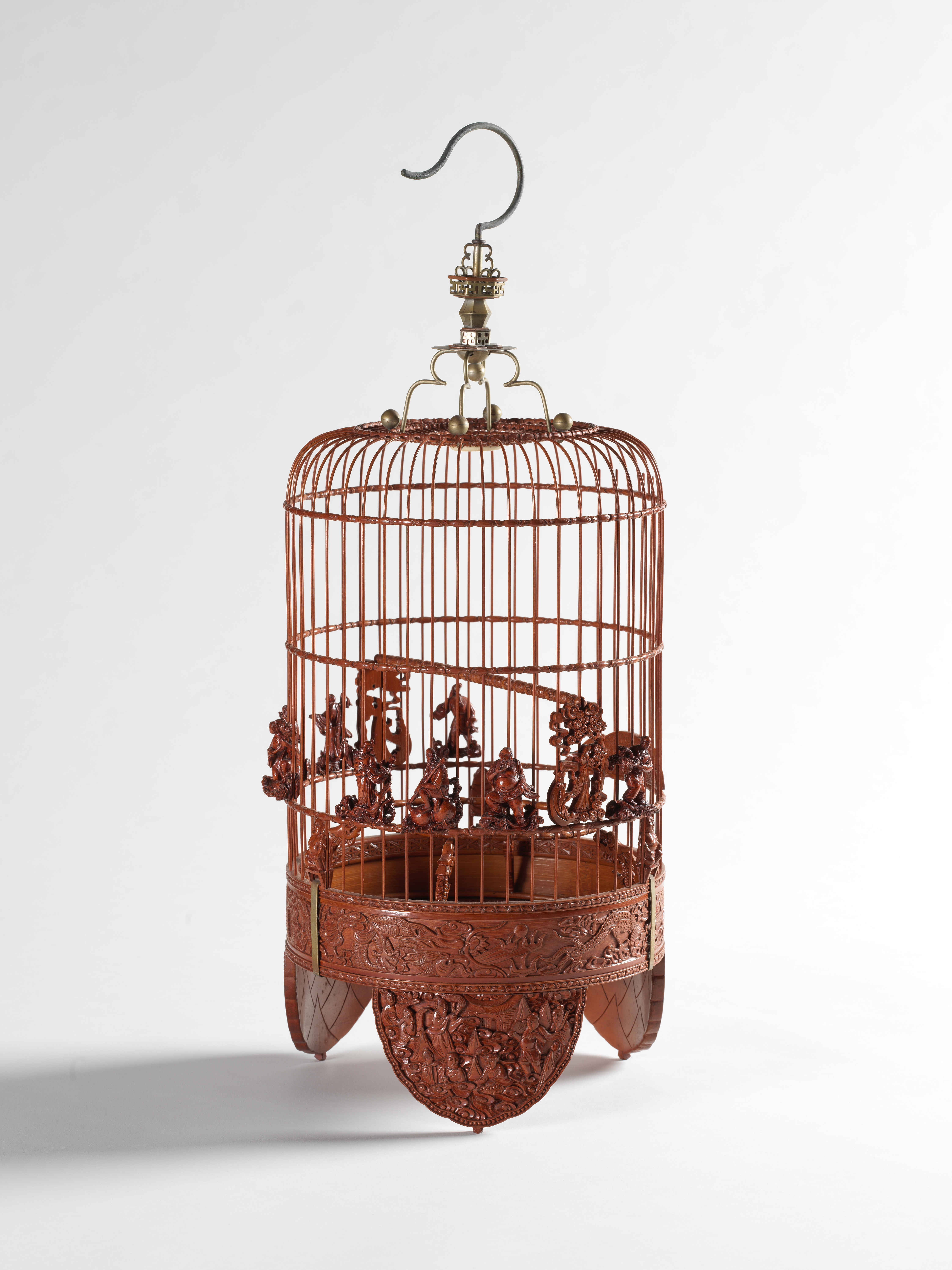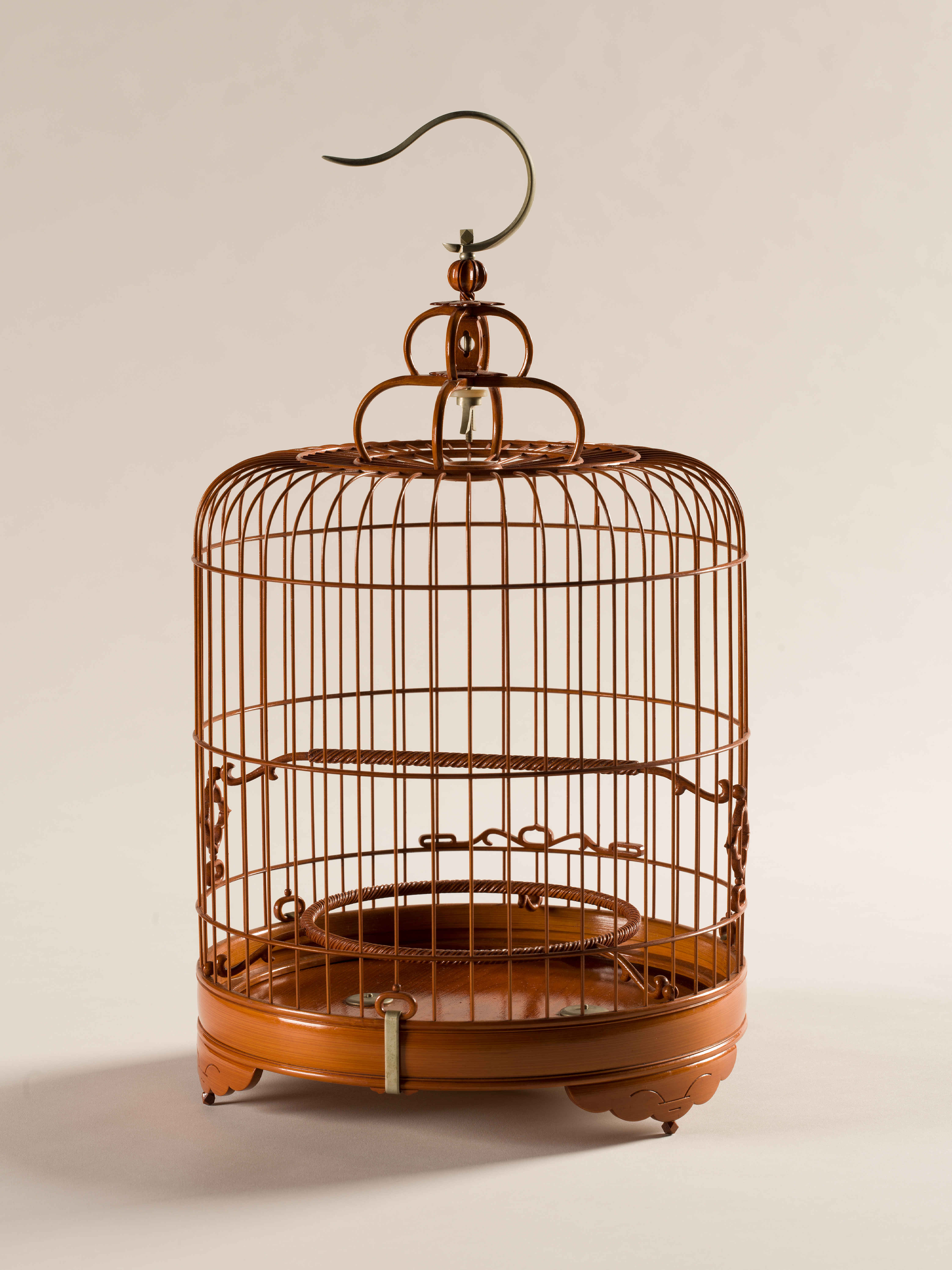Culture of Keeping Birds as Pets and Birdcage Craftsmanship in Hong Kong
When Hong Kong was opening up and transforming into a trading port, most of the Chinese people lived in Central and Sheung Wan on Hong Kong Island, so before the war, the earliest "Bird Street" was Cochrane Street, in Central. Later, the bird stores moved to Wing Kut Street, near Tak Wan Tea House in Sheung Wan. Then came the "Bird Bridge" (the footbridge in front of today's Sai Ying Pun Jockey Club Polyclinic); after the war, all kinds of businesses were rebuilt. Almost all the bird stores on Hong Kong Island that continued to operate moved to Hong Lok Street, in Mongkok, Kowloon (commonly known as "Bird Street", in the vicinity of today's Langham Place).
From the 1920s and 1930s, the culture of keeping birds as pets became deeply rooted in Hong Kong as a popular daily leisure and entertainment activity for the public. In tandem with this, the art and craft of birdcage making developed in Hong Kong. This collection, donated by Dr Lam Wun Sum and his family, comprises seven birdcages, all of which were purchased on Hong Lok Street from the 1970s to the early 1990s. They include the works of renowned birdcage craftsmen in Hong Kong and Macau, such as Cheuk Hong, Yu Tat, Chan Kwan and Tse Sheung.
The birdcage craft combines works of bamboo and other wood, focusing not only on overall quality, but also on being straight, solid and transparent, while allowing the birds in the cages to be seen. The outer structure, including the bottom, top, door and feet of each birdcage were carefully carved, showing the craftsmanship and approach of the master birdcage makers. A high-quality birdcage may have more than a dozen accessories, such as hooks, shafts, hanging decorations and food trays. The birdcages donated by Dr Lam and his family can be described as a combination of bamboo art (the birdcage body), bamboo, wood, ivory carving (feet, accessories, etc.), lacquer art (painting), and metalwork (hook, shaft). While small, the birdcages are comprehensively crafted and equipped. [1]
In the past, raising and commenting on birds was inseparable from Chinese tea culture. However, there has been a decline in the number of traditional teahouses full of birdcages in the morning. Today, it is no longer common for friends to enjoy the songs of caged birds while enjoying their tea. After nearly a century, the Yuen Po Street Bird Garden, near the Mong Kok Flower Market, represents the continuation of the culture of keeping caged birds as pets in Hong Kong, while it is also a good venue for bird-raising enthusiasts to "show off their birds" and exchange ideas by "commenting on caged birds".
[1] Please refer to "Hong Kong story: the Declining Culture of Keeping Birds as Pets", Think Hong Kong, July 4, 2019, https://www.thinkhk.com/article/2019-07/04/34905.html, Retrieved April 8, 2021.
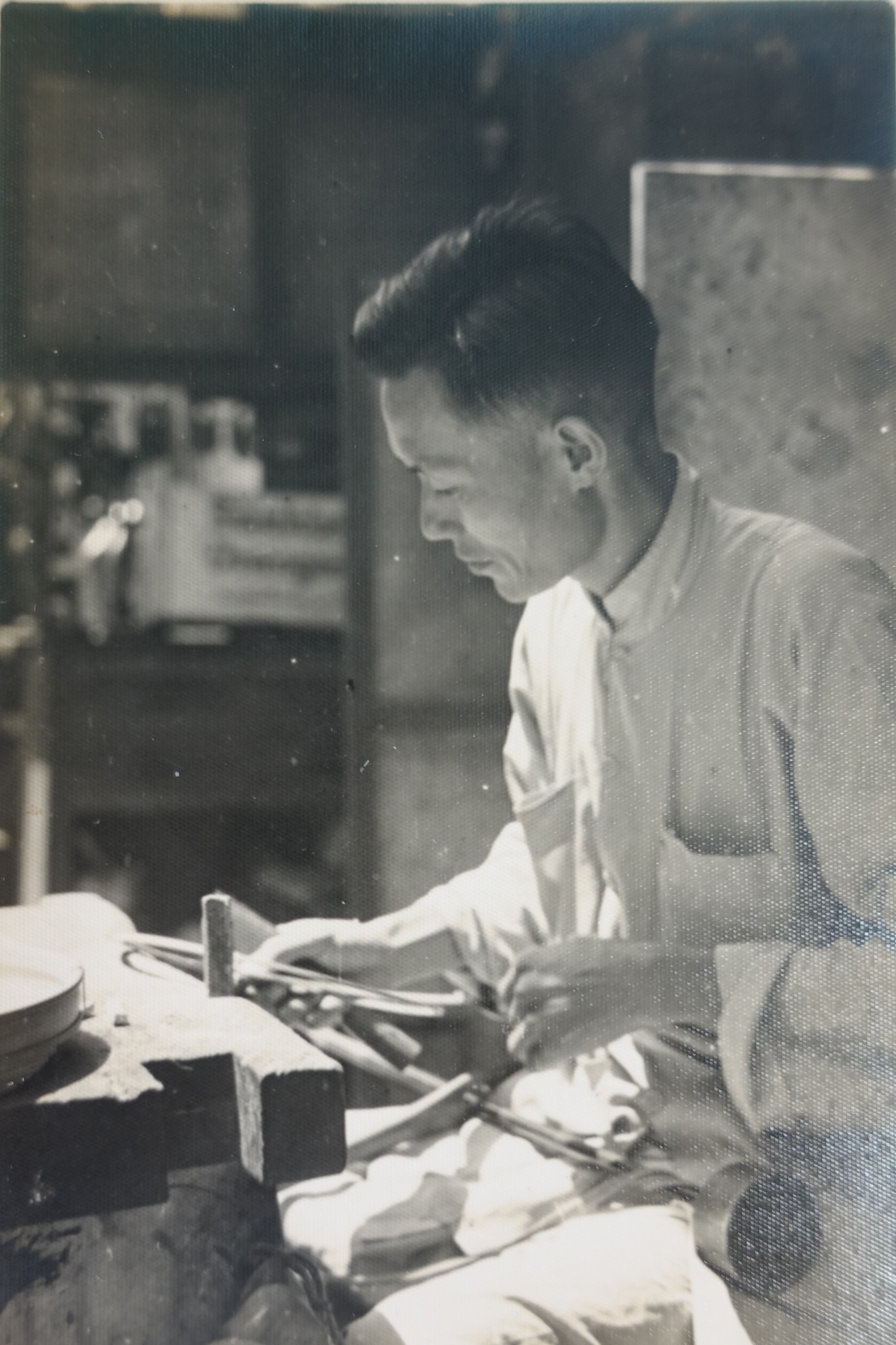 |
Master Cheuk Hong, a local renowned birdcage craftsman, was active from the 1950s to 1980s. This photo was taken in the late 1950s. (Photograph provided by Master Chan Lok Choi) |
|
Birdcage Master Cheuk Hong (right) teaches his apprentice Chan Lok Choi (left) how to hold a drill to make a birdcage, late 1950s. (Photograph provided by Master Chan Lok Choi) |
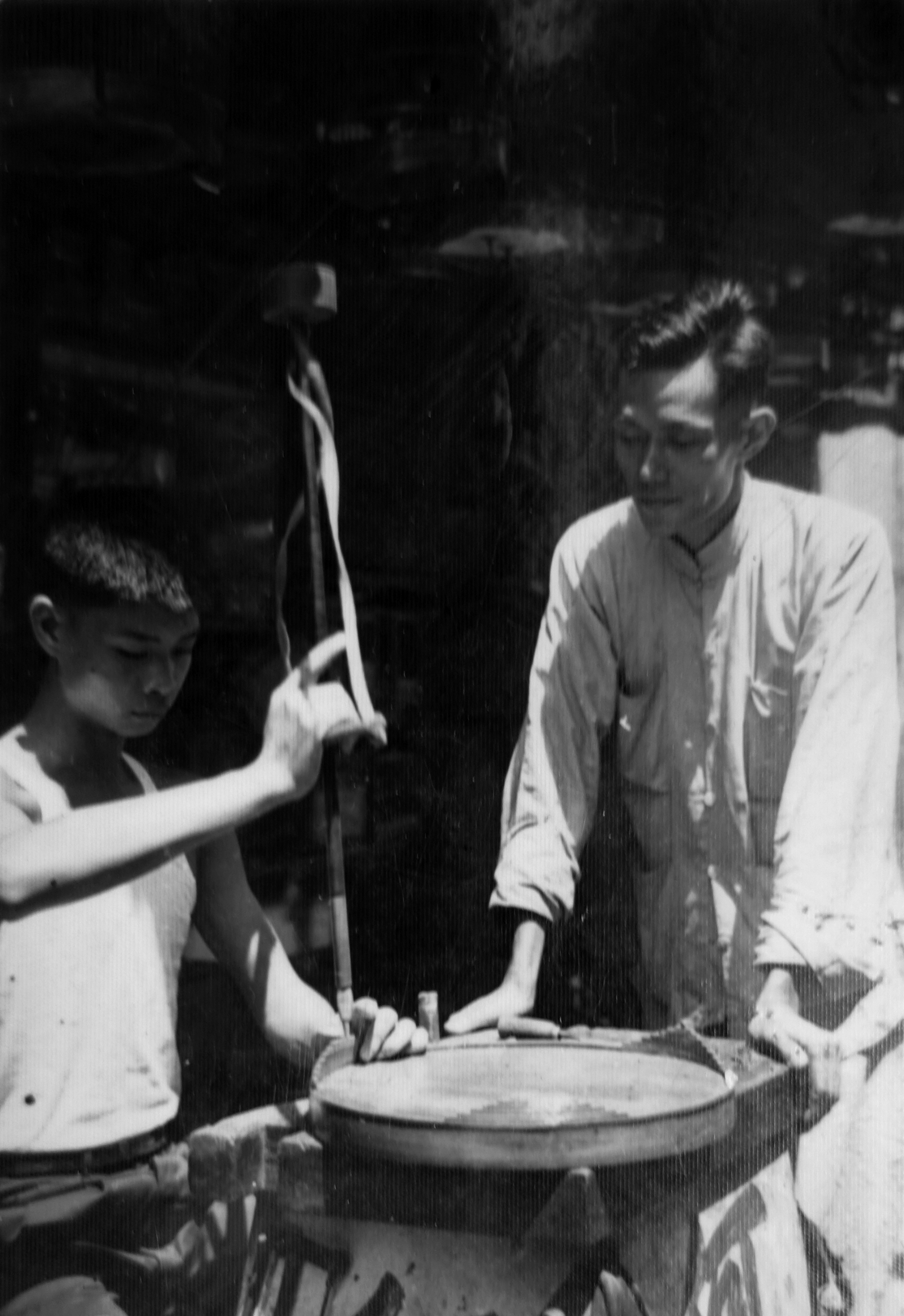 |
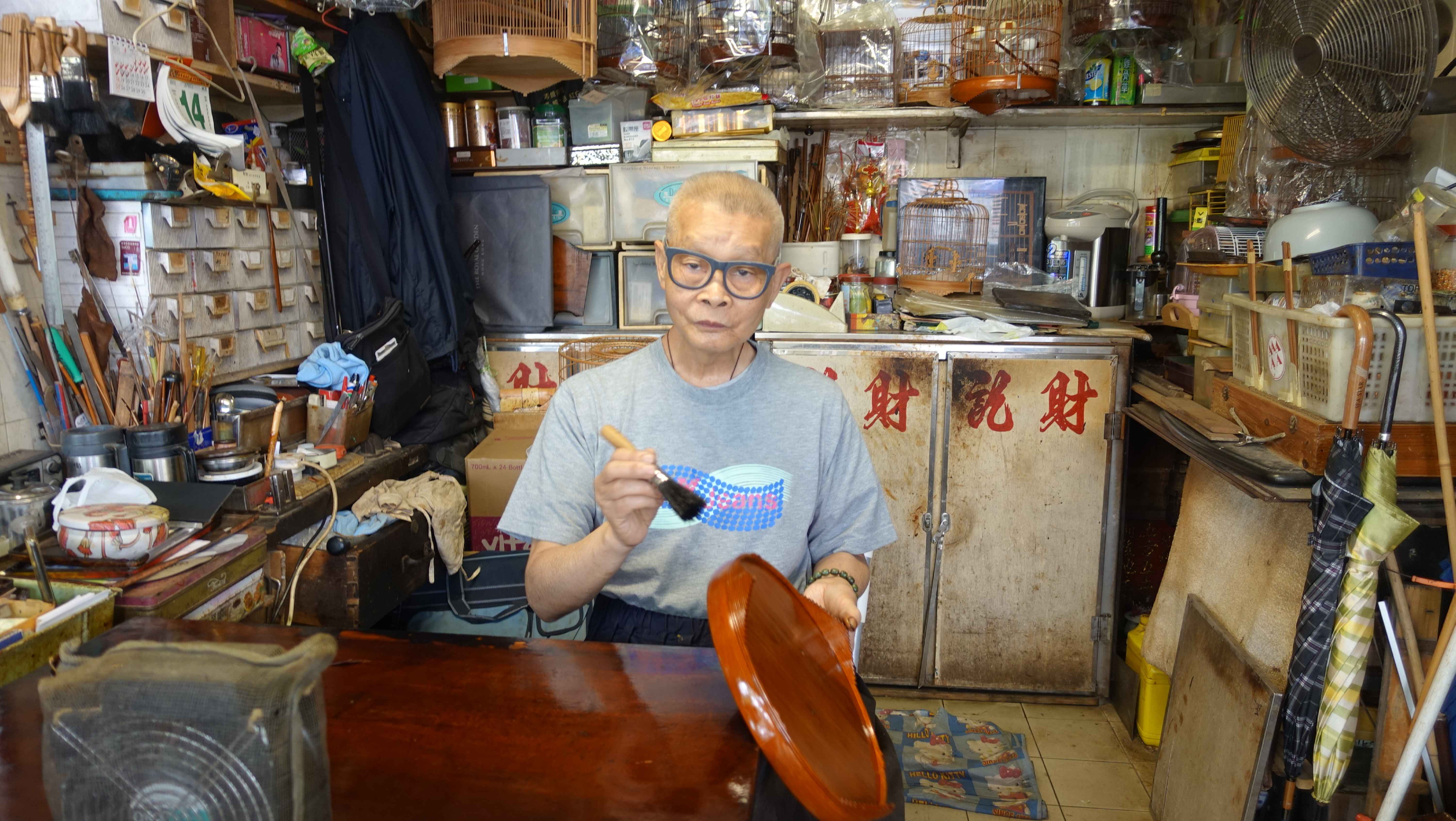 |
Master Chan Lok Choi, a former apprentice of Master Cheuk Hong, has been making and repairing bird cages for over 60 years. Even at the age of almost 80 this year, he is still dedicated to his craft. |
|
The inside of this cage foot is engraved with the words "Cheuk Hong in the year of Xinyou", to show the name of the craftsman and the year, 1981, when it was made.
|
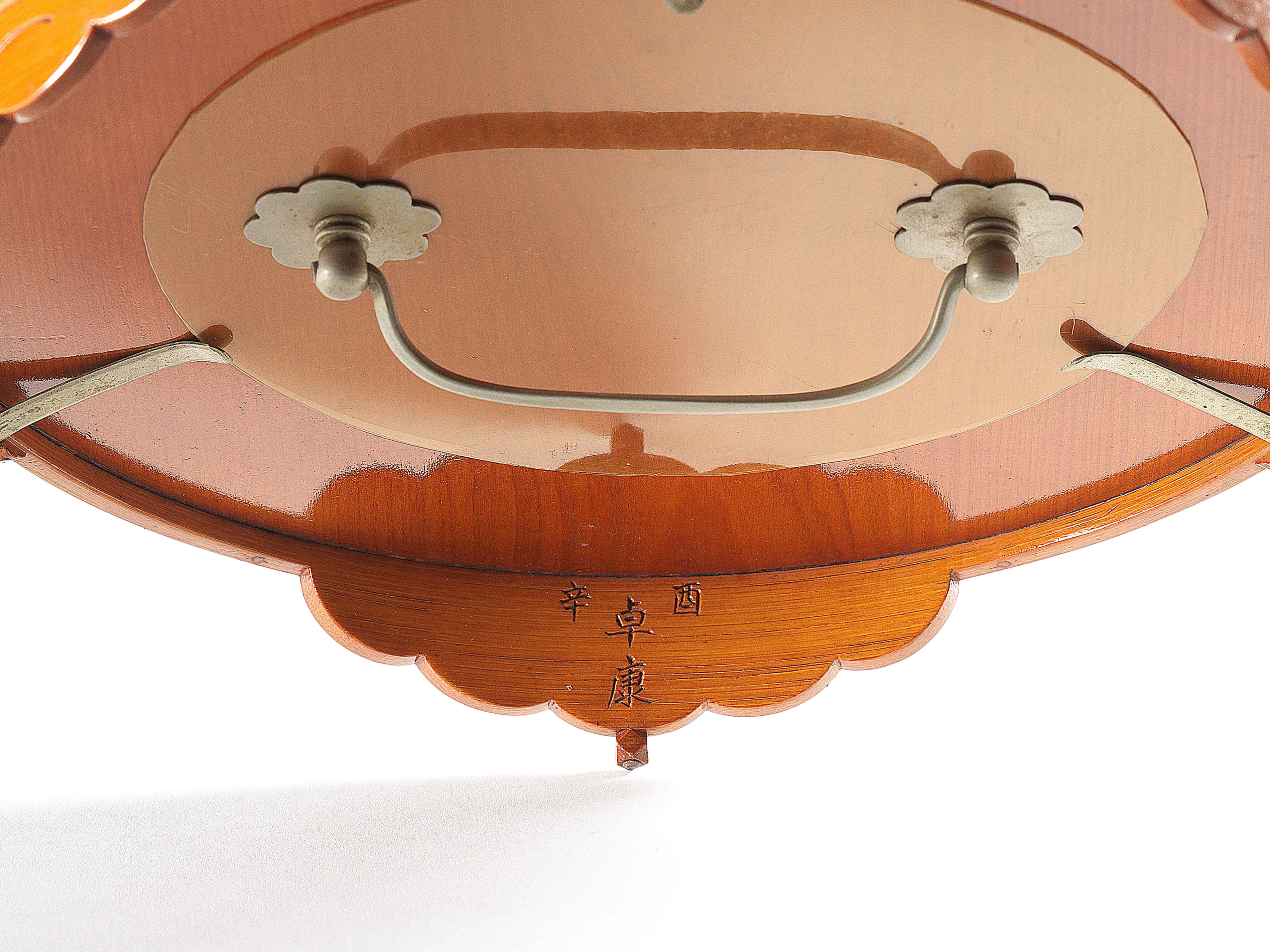 |





